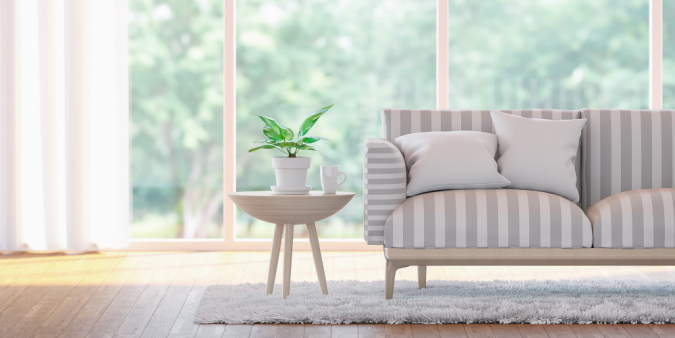Advice on securing planning permission
Planning permission is a minefield and can often put the brakes on self-build projects but here’s four self-build tips to think about as you plan your build, explains self-builder Gareth Boyd, Director at 2020 Architects.
No matter where you live in the UK and Ireland any new build home will require some form of planning permission. With housing shortages at an all-time high and planning becoming an ever increasingly difficult process we look at the steps to take in order to gain permission and kickstart your self-build dream.
1/ Consider planning policy and your site
Choosing the correct site is the foundation of any planning application, get it wrong at this stage and you will be facing an uphill battle. The key to choosing the correct site is by analysing plans and policies that apply to your site, as set out by your local planning authority.
England, Scotland, Wales and Ireland all have an overarching policy guidance document which each local authority uses to produce local development plans with supplementary policy and guidance. Currently, Northern Ireland works slightly differently with each local council following the same policy and guidance. However, this is currently changing to be comparable with the rest of the UK and Ireland with the transfer of planning powers from the central government to the local councils.
Your architect or planning consultant will be able to provide a feasibility study of your land and provide you with the best advice as to which policies apply to your site and how to proceed.
Find out more about the planning permission process and tips for filling out your forms on our planning permission page.

2/ Think about your self-build design
Once you’ve established there is potential to build on your site the next crucial step is to work towards a self-build design that will provide you with your forever home; while satisfying the planning department. Each local authority has a design guide which provides basic principles to follow and a general list of things to avoid. Creating a design that blends into the landscape and complements its locality will help in securing planning permission. However, don’t be afraid of using a striking design or material. A comprehensive design statement along with the application is a great way to justify how your design works for the site and surrounding area. At this point you may also want to consider how you can use your plot to your advantage in the design of your build. Not only examine the orientation of your construction, but question how your self-build can be designed for comfort and sustainability.
Learn more about how to design a sustainable home that is comfortable and energy-efficient on our design page.

3/ Gather knowledge during pre-application stages
If you are unsure of a policy or design, having a pre-application discussion with your local authority is important. Each local authority has to provide this service and while they will not give you a decision, they will provide information that can be invaluable to your application. The information provided at this meeting can help you decide whether to go back to the drawing board or continue with your formal submission.
4/ Be super prepared at submission stage
Prior to your formal submission it is essential that you have all the information compiled that the planning department will require. If you have used the pre-application service, you will normally be provided with a list of requirements for submission. This can include, but is not limited to, ecological surveys, bat surveys, flood risk assessments etc. Providing all the required information on initial submission will ensure a quicker and smoother planning process, which will hopefully lead to an approval!
Gareth Boyd is a Director in 2020 Architects, a multi-award winning practice, specialising in bespoke homes and design-led commercial projects. Based in County Antrim, 2020 have invested in business development and modern marketing to promote their cutting-edge architecture, becoming one of Ireland’s fastest growing studios. Gareth has a unique insight into the trials and tribulations of building your own home after completing his own self-build in 2019.

